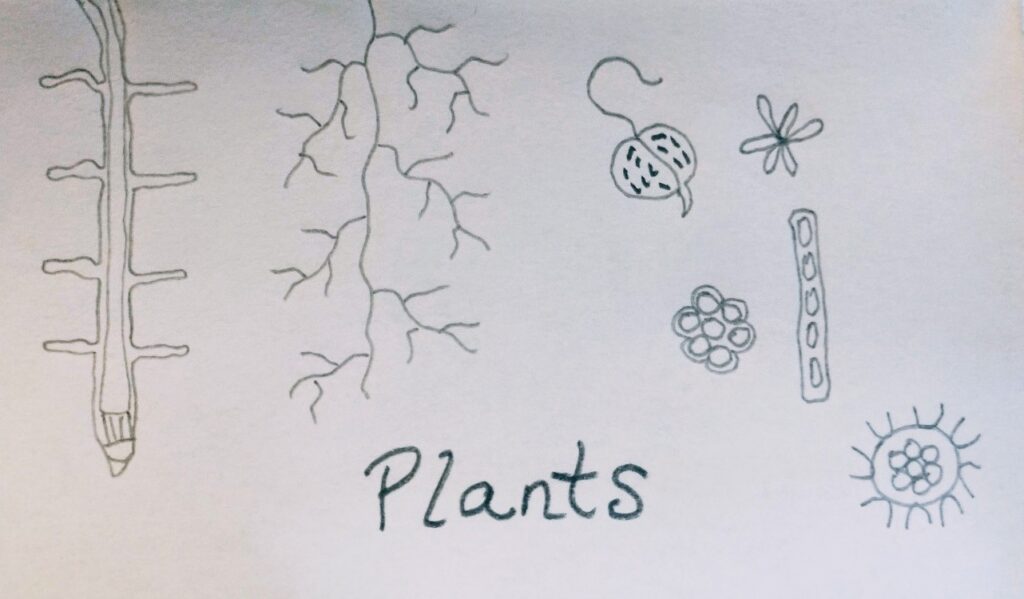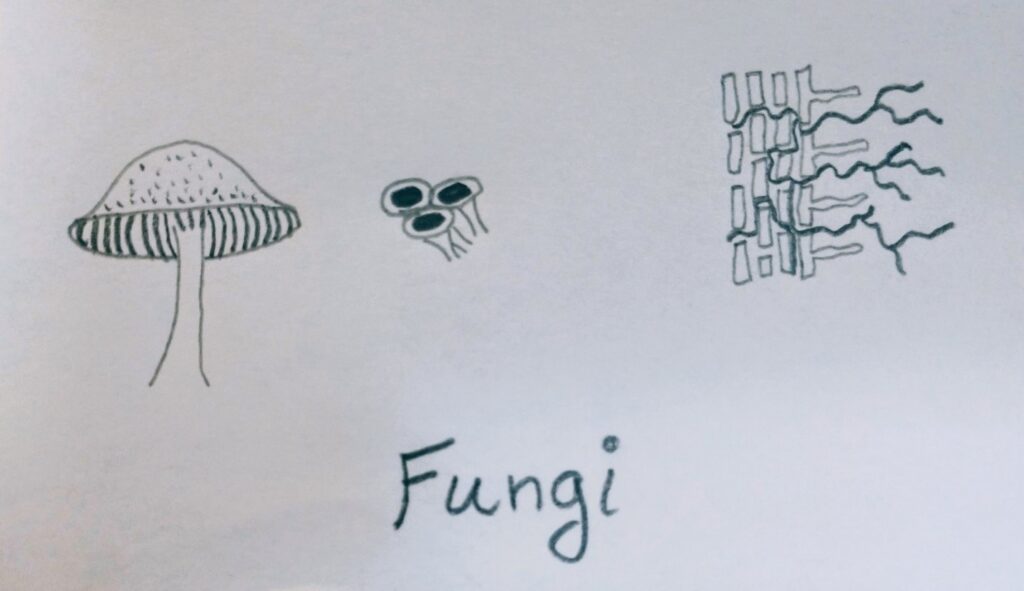What critters are in soil, and what do they do?
Soil may seem like just something to hold up houses or a place for our plants to grow, but there’s a whole world of living critters down there working hard in their individual niches—each critter has an important job that contributes to the health of the soil. But what are these critters, and what do they do?
Animals

- Burrowing Animals: These are larger animals, like rodents, moles, badgers, rabbits, armadillos, and such. They dig into the soil, so can aerate the soil. But because of their large size, and because some of them also destroy vegetation, they can be more detrimental than helpful at times.
- Earthworms: These worms feed on plant residues, and their secretions create aggregates that aerate the soil and increase water filtration and root penetration.
- Arthropods & Gastropods: Arthropods are mites, millipedes, centepedes, and insects, including larvae. Gastropods are snails and slugs. These critters feed on plant residue and decaying vegetation, breaking it down. They can also burrow into the soil, aerating it. Some of these critters can be pests, feeding on living plants.
- Nematodes: Nematodes are tiny worms that come in several species, and eat a variety of diets. Some nematodes eat decaying vegetation, helping to create organic matter. Some prey on bacteria, fungi, and algae, controlling populations. And some nematodes are parasites to plant roots.
Plants

- Plant Root Systems: Every plant has a root system that grows into soil, doing more than anchoring the plant from being blown over or washed away. Root systems have root hairs and mucous that create ecosystems for microorganisms. Roots also utilize and circulate water and nutrients in the soil.
- Algae: Algae are microorganisms that carry on photosynthesis. These guys are in the soil in moist areas, and produce organic material.
Fungi

- Fungi: Fungi are organisms that do not create their own food, but live on dead or living plant and animal tissue. These include mushrooms, molds, yeasts, and rusts. They are integral in decomposing organic matter, and the soil contains an abundance of the critters growing within it. Some fungi can be predators on living cells, creating diseases.
- Mycorrhizae: Mycorrhizae is an association between fungi and plant roots. This is a symbiotic relationship that is integral in assisting with nutrient utilization.
Protista

- Protista are one celled organisms such as protozoa and slime molds. They feed on bacteria, keeping the populations in check.
Monera
- Bacteria: Bacteria are single celled organisms that are the most abundant critters in the soil. They have many functions, including creating organic matter by breaking down dead tissue, nutrient cycling, and fixing nutrients. These are very important critters that we would not be able to exist without. Some, however, can cause diseases to plants and animals.
- Actimomycetes: Actinomycetes are a series of branched cells that function similar to bacteria, but work together instead of being on their own as single cells. They also break down dead tissue, recycle nutrients, and create organic matter.
Viruses
- Viruses technically aren’t living in the full sense of the word because they are not complete cells, and cannot replicate on their own. This is why they need to invade other cells to use their replication systems. Most viruses cause diseases and they can help control population sizes, but they do not usually survive long in the soil.
So the next time you step out on to that blackish brown stuff holding up your plants, think of all the living things under your feet—and say a little thank you for all of their work.
Thanks for reading.
Reference: Soils in Our Environment, Seventh Edition, by Raymond W Miller & Roy L Donahue, 1995.
